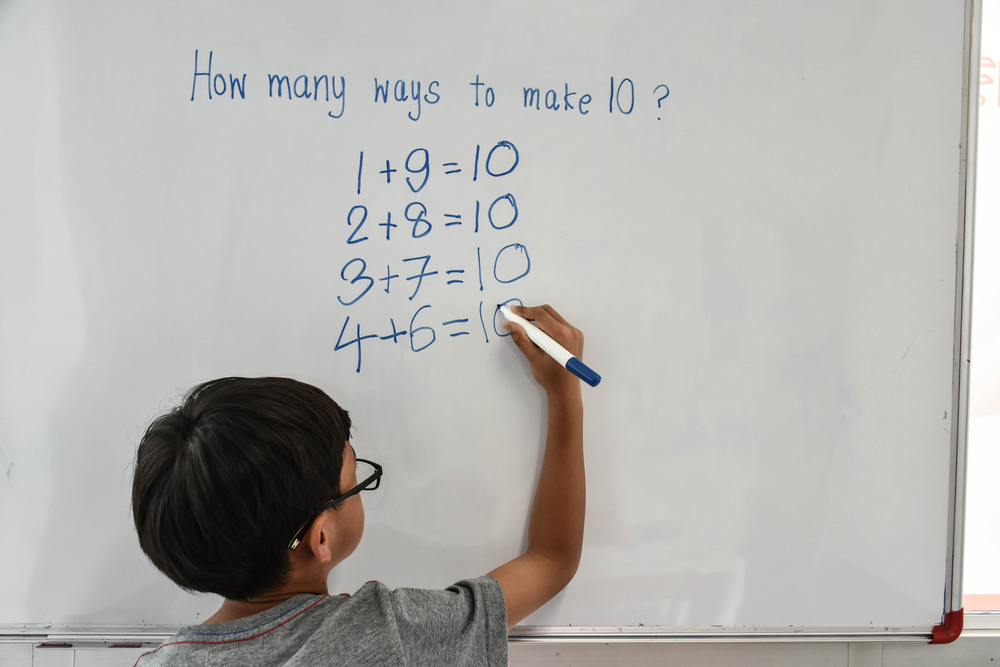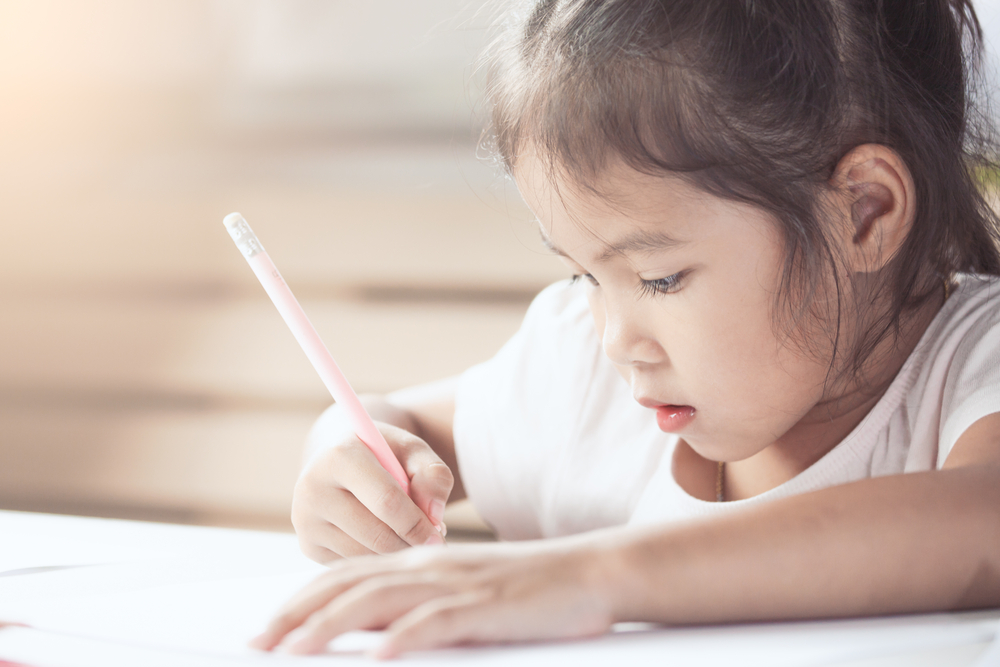Color Identification Normal Addition & Subtraction Worksheets
4 filtered results
-
From - To
Enhance your child's learning experience with our Color Identification Normal Addition & Subtraction Worksheets! Designed specifically for early grade students, these engaging worksheets combine math skills with color recognition, making learning fun and interactive. Each worksheet features vibrant colors that help children decipher problems while practicing addition and subtraction. These activities not only boost their numeracy skills but also improve their ability to identify and name different colors. Perfect for use at home or in the classroom, our worksheets offer a unique approach to reinforce essential math concepts while fostering creativity and color awareness. Download now and watch your child excel!
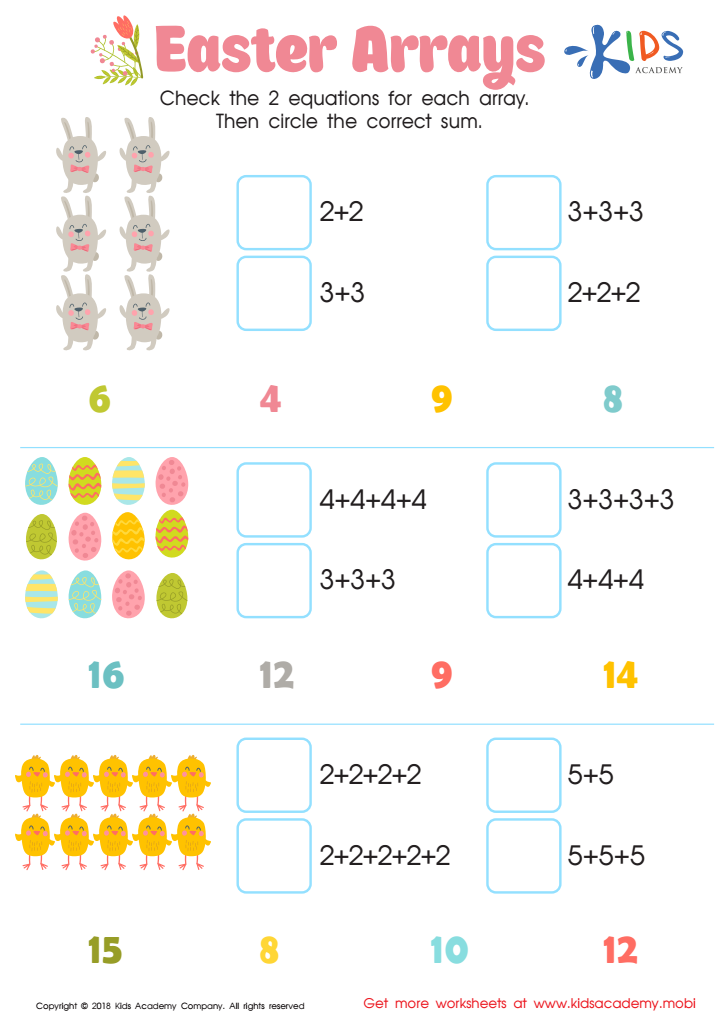

Easter Arrays Worksheet
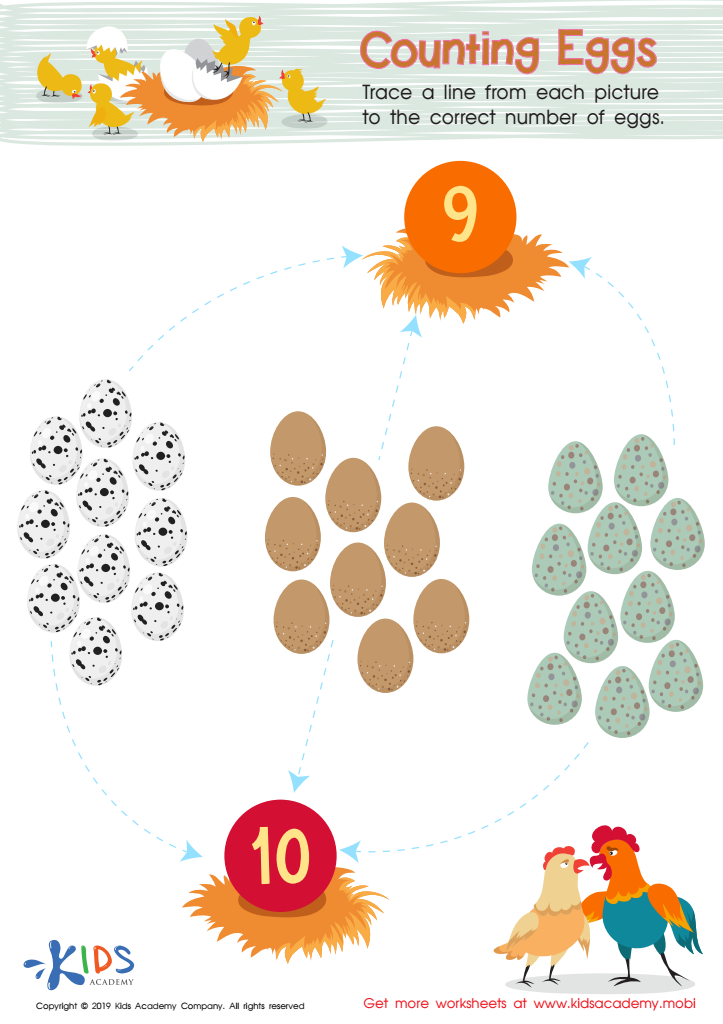

Counting Eggs Worksheet
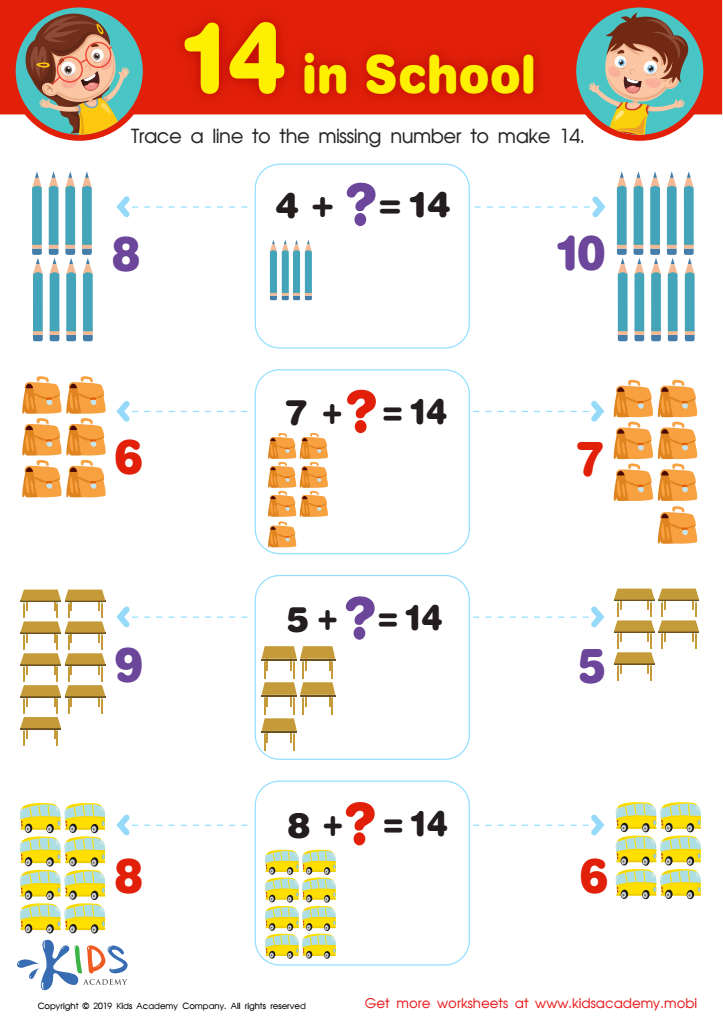

14 in School Worksheet
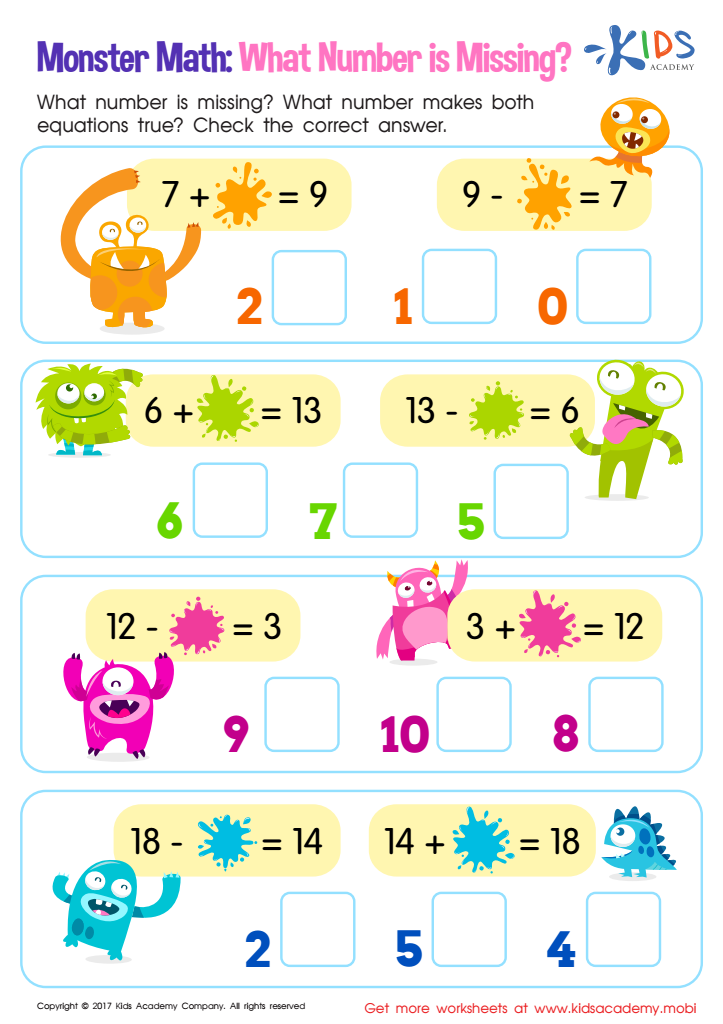

Missing Number: Monster Math Worksheet
Color identification plays a crucial role in early childhood education, bolstering cognitive development and learning. Recognizing colors enhances a child's ability to categorize and make sense of the world around them. When children learn colors, they develop early literacy skills by associating words with visual cues, which aids memory and language development.
Moreover, mastering color identification can also be instrumental in teaching basic math concepts like addition and subtraction. For instance, using colored objects or visual aids during arithmetic exercises makes learning engaging and interactive. Children can grasp mathematical concepts more effectively when they associate colors with numbers, enabling them to perform normal addition and subtraction with ease and confidence.
When parents or teachers prioritize color identification alongside math, they encourage foundational skills that support complex problem-solving down the line. Using colors can transform abstract concepts into tangible experiences, catering to various learning styles—particularly visual learners. Furthermore, understanding colors and basic math fosters creativity as children explore patterns, relationships, and art.
In conclusion, prioritizing color identification enriches early education and equips children with essential skills that fuse creativity, communication, and critical thinking, making it vital for parents and teachers.
 Assign to My Students
Assign to My Students





